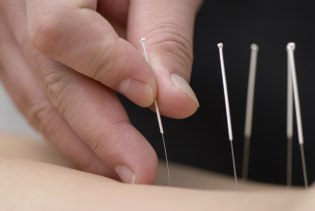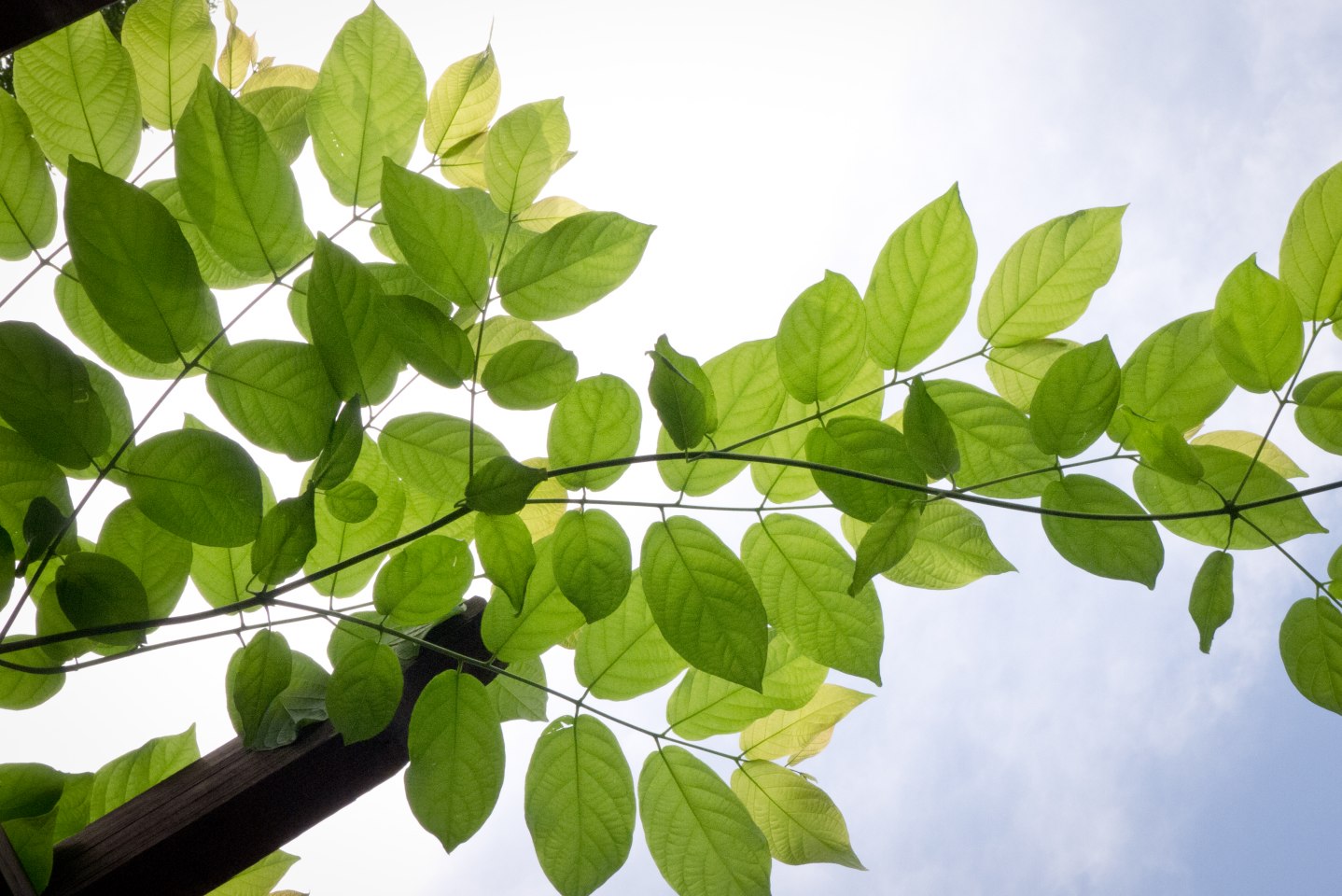Acupuncture

What Is Acupuncture?
Acupuncture is one of the oldest, most commonly used medical procedures in the world. Originating in China more than 2,000 years ago, acupuncture began to become better known in the United States in 1971, when New York Times reporter James Reston wrote about how doctors in China used needles to ease his pain after surgery.
The term acupuncture describes a family of procedures involving stimulation of anatomical points on the body by a variety of techniques. American practices of acupuncture incorporate medical traditions from China, Japan, Korea, and other countries. The acupuncture technique that has been most studied scientifically involves penetrating the skin with thin, solid, metallic needles that are manipulated by the hands or by electrical stimulation.
People experience acupuncture differently, but most feel no or minimal pains as the needles are inserted. Some people are energized by treatment, while others feel relaxed.
Is Acupuncture Safe?
The U.S. Food and Drug Administration (FDA) approved acupuncture needles for use by licensed practitioners in 1996. The FDA requires that sterile, non-toxic needles be used and that they be labeled for single use by qualified practitioners only. Relatively few complications from the use of acupuncture have been reported to the FDA in light of the millions of people treated each year and the number of acupuncture needles used. Practitioners should use a new set of disposable needles taken from a sealed package for each patient and then swab treatment sites with alcohol before inserting the needles.
How Does Acupuncture Work?
Acupuncture is one of the key components of the system of Traditional Chinese Medicine (TCM). In the TCM system of medicine, the body is seen as a delicate balance of two opposing and inseparable forces: Ying and Yang
Yin represents the cold, slow, or passive principle, while Yang represents the hot, excited, or active principle. Among the major assumptions in TCM are that health is achieved by maintaining the body in a “balanced state” and that disease is due to an internal imbalance of yin and yang. This imbalance leads to blockage in the flow of Qi(vital energy) along pathways known as meridians. It is believed that there are 12 main meridians and 8 secondary meridians and that there are more than 2,000 acupuncture points on the human body that connect with them.
How Can Acupuncture Help You?
According to the National Institutes of Health (NIH) Consensus Statement on Acupuncture, there have been many studies on acupuncture’s potential usefulness. Promising results have emerged, showing efficacy of acupuncture. Some symptoms that have shown a high succession rate are as follows:
- Addiction
- Infertility
- Headache
- Fibromyalgia
- Menstrual Cramps
- Asthma
- Tennis Elbow
- Carpel Tunnel
- Nausea
- Facial Lifts
- Back Pain
- Asthma
- Osteoarthritis
- Dental Pain
- Vomiting
- Migraine
- Quit Smoking
- Weight Loss
- Pain Relief
- Knee Pain
Acupuncture Techniques
Moxibustion (Jiu Fa): Warms points by burning the herb Artemisia Vulgaris over the skin. Applications: Warms and moves Qi and blood, strengthens Kidney Yang and expels wind and disperses cold.
Auricular Acupuncture: The ear is a microcosm of the body. A system has been developed using seeds(vicaria), pellets, ear tacks or small needles applied to specific points.
Cupping (Ba Guanzi): A cup in a small jar with a smooth and rounded mouth is used to create a potential vacuum over the skin that causes and blood to circulate and pulls it toward the surface of the body. Functions: Promotes the free flow of Qi and Xue(blood) within the channels. Dispels cold and damp, decreases swelling and pain.
Electroacupuncture: Is the name applied to both needle and non needle techniques. It is the application of electrodes to needles that have been inserted in the skin.
Magnet Therapy: Improves circulation, increases blood oxygen, alkalizes body fluids and relaxes blood vessels. It has been noted to help reduce edema, and increased endorphins as well as muscle relaxation.


